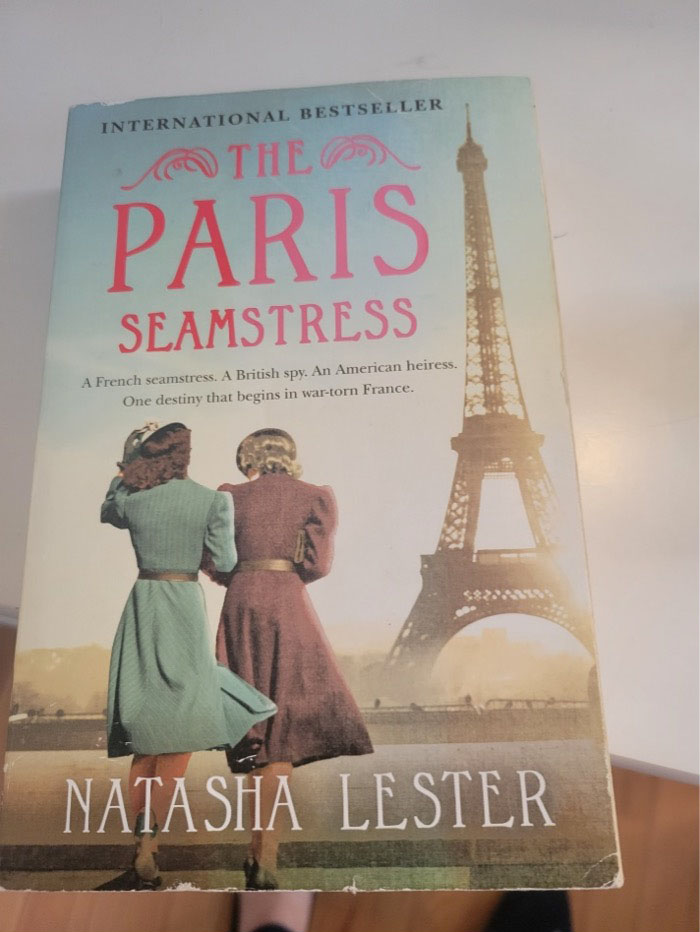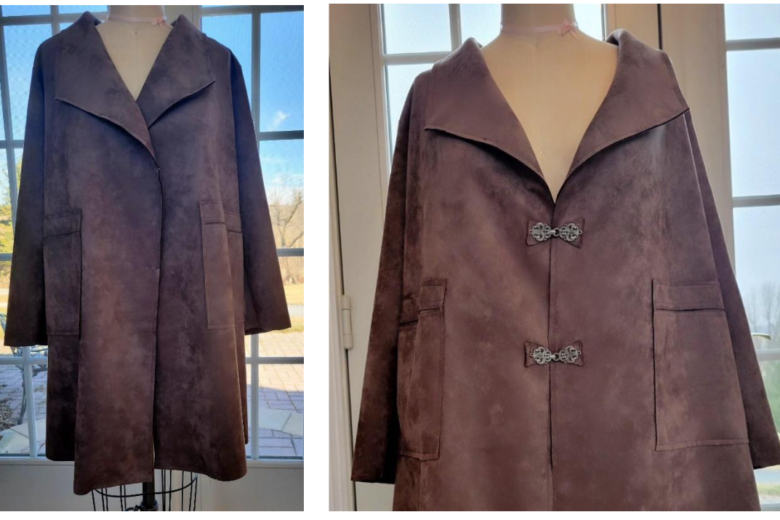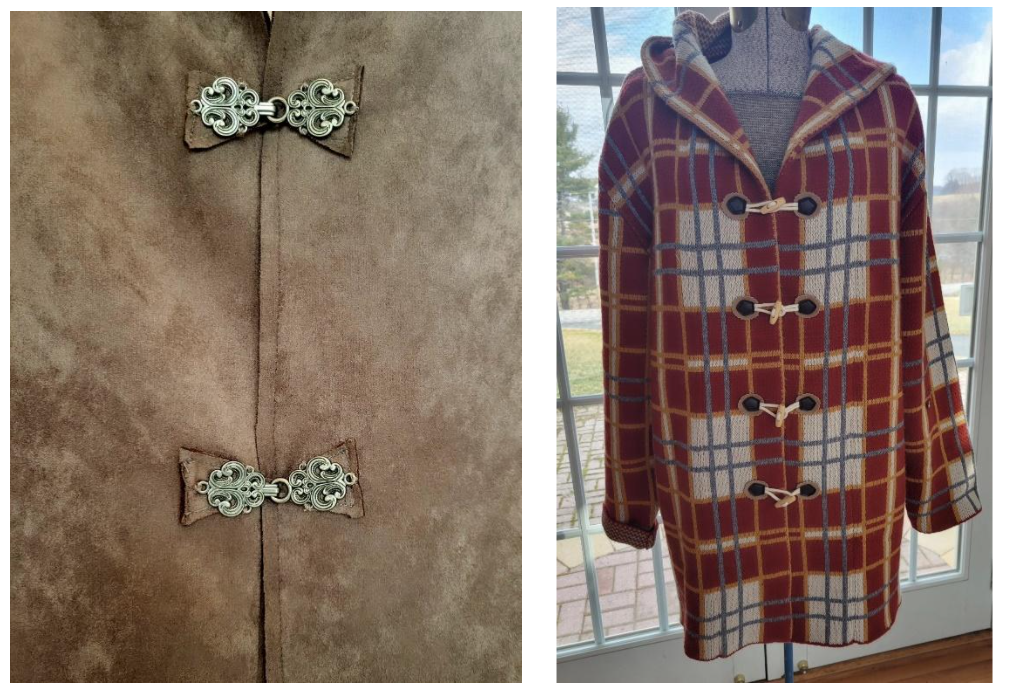 I found a wonderful new author who has written books intertwining fashion AND history. The picture of the book with the authors’ name is shown above. This book tells of a French seamstress, a British spy and an American heiress that begins in war-torn France.
I found a wonderful new author who has written books intertwining fashion AND history. The picture of the book with the authors’ name is shown above. This book tells of a French seamstress, a British spy and an American heiress that begins in war-torn France.
The author is on the New York Times bestseller list and as you read her books, you will see why.
This author has since put out many more books with adventure and fashion that will keep you on the edge of your seat hungry for more.
Also, many of her books include political and wartime history of the individuals involved. She does not write as a factual historian but always combines the historical facts with fashion, mystery, and intrigue. Many times she shares tidbits of the fashion world even down to the work and/or design rooms that makes you feel you are right there. Even if you have no knowledge or interest in clothing construction, she provides fashion information that will keep you intrigued. The author travels the world to see and describe the areas where her characters lived and designed. The characters are fictional however, the fashion world and locations are real.
In this book, the author provides the history and location of many of the sites she references. The author includes “The Paris Seamstress Reading Group Guide”. The guide is in the back of the book and provides history and updates on all the significant locations referenced, including France and New York.



